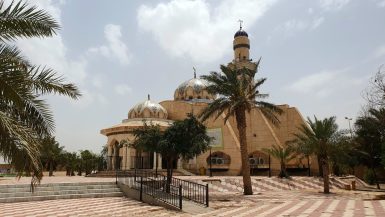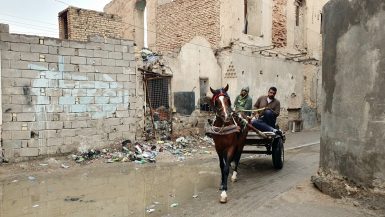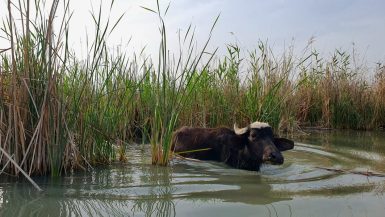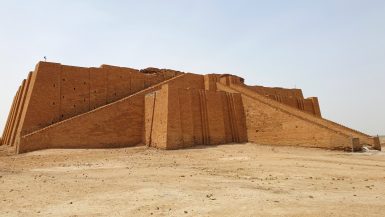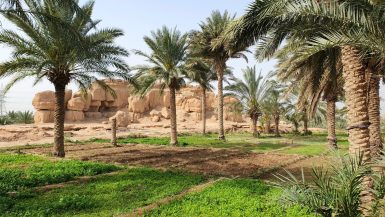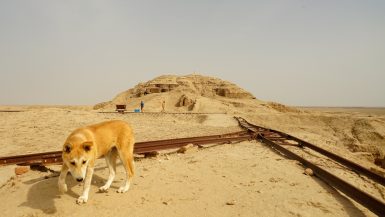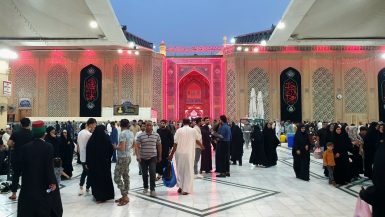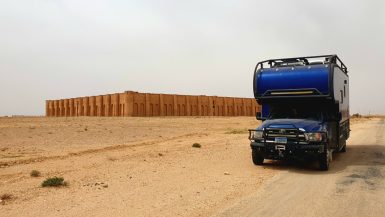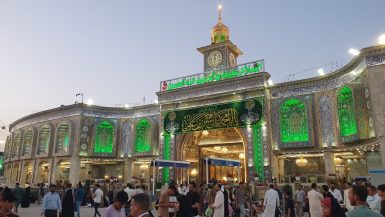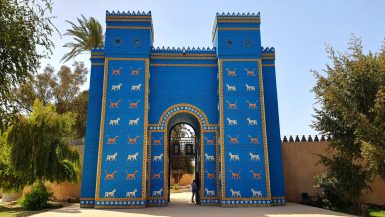The Imam Ali Mosque, also called the Old Mosque, is the first mosque built in Basra. It was founded around 635 during the era of the second Caliph Umar at Basra’s outskirt right before the city’s conquest. Initially, the building was built from palm canes, but a fire later...
